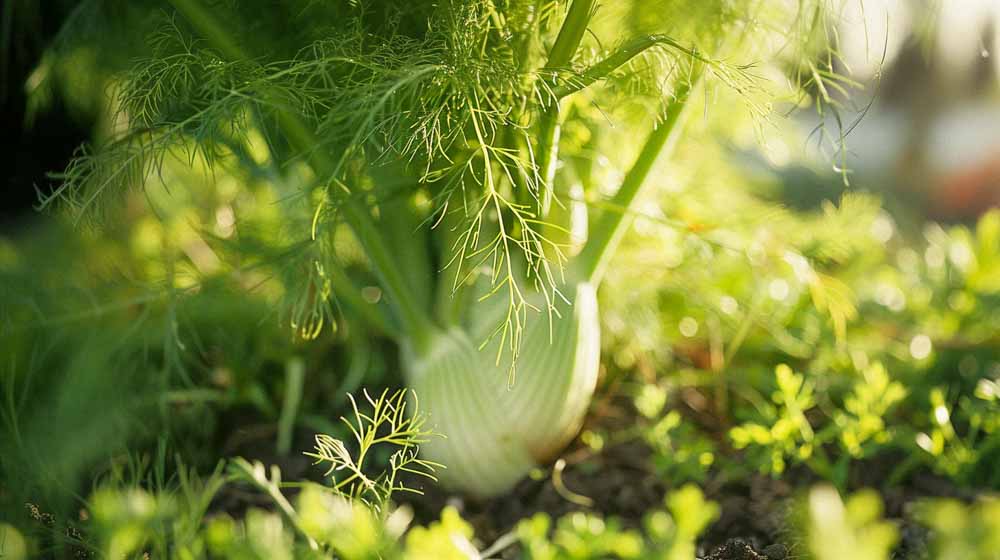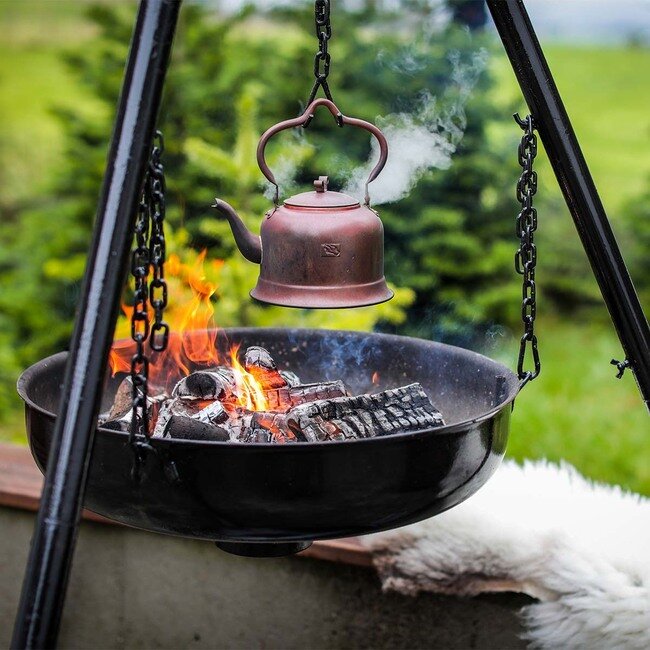Artemisia Absinthium: En Omfattende Utforskning av Malurtens Verden
Artemisia absinthium, mer kjent som malurt, er en fascinerende plante med en rik historie som strekker seg over tusenvis av år. Denne bittert smakende urten har spilt en betydelig rolle i ulike kulturer, fra antikkens medisinske praksis til det bohemske miljøet i det 19. århundre, hvor den var en nøkkelingrediens i den kontroversielle drikken absint. I denne dyptgående artikkelen vil vi utforske alle aspekter ved Artemisia absinthium, inkludert dens botaniske egenskaper, historiske bruk, moderne anvendelser, potensielle helsefordeler og risikoer, samt tips for dyrking og høsting.
Malurtens Botaniske Kjennetegn og Klassifisering
Malurt tilhører slekten Artemisia i kurvplantefamilien (Asteraceae). Denne slekten omfatter et stort antall aromatiske urter og busker, hvorav mange har blitt brukt i tradisjonell medisin i århundrer. Artemisia absinthium er en flerårig plante som typisk vokser til en høyde på mellom 0,5 og 1 meter, noen ganger enda høyere under ideelle forhold. Planten kjennetegnes av sine sølvgrågrønne blader som er dekket av fine, silkeaktige hår. Disse hårene bidrar til plantens karakteristiske farge og tekstur, samt beskytter den mot vanntap og ekstremvær.
Bladstruktur og Sammensetning
Bladene til malurt er fjærdelte og har en kompleks struktur. De nedre bladene er vanligvis større og mer komplekst delte enn de øvre bladene, som kan være nesten enkle. Når man knuser bladene, frigjøres en sterk, aromatisk duft som er karakteristisk for planten. Denne duften skyldes tilstedeværelsen av ulike flyktige organiske forbindelser, inkludert thujon, som er en av de mest kjente og omdiskuterte komponentene i malurt.
Blomster og Frukt
Blomstene til Artemisia absinthium er små, kulerunde og gulaktige. De er arrangert i nikkende klaser som dannes i toppen av stenglene om sommeren. Blomstringen skjer vanligvis fra juli til september. Fruktene er små, tørre og enfrøete nøtter (akener) som spres med vinden. Selv om blomstene er relativt beskjedne, bidrar de til plantens generelle utseende og tiltrekker seg ulike insekter.
Rotstruktur og Vekstsyklus
Malurt har et kraftig, dyptgående rotsystem som gjør den i stand til å overleve i tørre og næringsfattige forhold. Planten sprer seg hovedsakelig via frø, men kan også danne nye skudd fra rotsystemet under visse omstendigheter. Vekstsyklusen begynner om våren når nye skudd kommer opp fra bakken. Planten vokser raskt gjennom sommeren, blomstrer sent på sommeren og produserer frø som modner om høsten. Over bakken dør planten ned om vinteren, mens rotsystemet overlever og produserer nye skudd det påfølgende året.
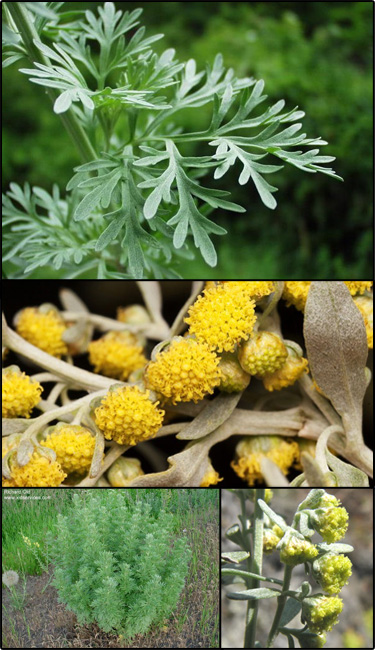
Malurtens Historiske Reise Gjennom Tidene
Historien til Artemisia absinthium er lang og mangfoldig, med spor som kan følges tilbake til antikken. Planten har vært verdsatt for sine medisinske egenskaper og har også vært omgitt av mystikk og kontrovers. La oss ta en nærmere titt på noen av de viktigste periodene i malurtens historie.
Antikken: Medisinske Anvendelser i Egypt, Hellas og Roma
De tidligste skriftlige kildene som nevner malurt, stammer fra det gamle Egypt, hvor planten ble brukt i ulike medisinske preparater. Også i antikkens Hellas var malurt velkjent. Hippokrates, den greske legen som ofte omtales som legekunstens far, anbefalte malurt mot en rekke plager, inkludert gulsott, revmatisme og menstruasjonssmerter. Dioskorides, en annen fremtredende gresk lege og farmakolog fra det første århundre e.Kr., beskrev i sitt innflytelsesrike verk «De Materia Medica» de medisinske egenskapene til malurt og anbefalte den blant annet som et middel mot innvollsorm og fordøyelsesproblemer. Romerne adopterte også bruken av malurt, og Plinius den eldre nevner planten i sine skrifter, hvor han tilskriver den ulike helsebringende effekter.
Middelalderen: En Viktig Urt i Europeisk Folketro og Medisin
Gjennom middelalderen fortsatte malurt å være en viktig urt i europeisk folkemedisin. Den ble dyrket i klosterhager og brukt i ulike eliksirer og tinkturer. Malurt ble også tillagt magiske egenskaper og ble brukt i besvergelser og amuletter for å beskytte mot onde ånder og sykdom. I tillegg ble den brukt som et bittert smakstilsetning i øl og vin før humlen ble utbredt.
Renessansen og Tidlig Moderne Tid: Vitenskapelige Beskrivelser og Fortsatt Bruk
Med renessansen kom en økt interesse for botanikk og farmakologi. Urtebøker fra denne perioden inneholdt detaljerte beskrivelser av malurt og dens medisinske anvendelser. Nicholas Culpeper, en engelsk botaniker og astrolog fra 1600-tallet, beskrev malurt i sin berømte «The English Physitian» og fremhevet dens fordøyelsesfremmende og anthelmintiske egenskaper. Selv om vitenskapelige metoder begynte å utvikle seg, forble malurt en viktig del av det medisinske repertoaret.
1800-tallet: Absintens Gullalder og Fall
Det 19. århundret markerte en dramatisk vending i historien til malurt, da den ble en sentral ingrediens i absint, en anisholdig spritdrikk som ble enormt populær i Frankrike og andre deler av Europa, spesielt blant kunstnere og forfattere. Absint ble assosiert med bohemlivet og ble ofte romantisert i litteratur og kunst. Imidlertid begynte bekymringer å oppstå angående de påståtte skadelige effektene av absint, som ble tilskrevet det høye innholdet av thujon fra malurt. Disse bekymringene førte til en omfattende kampanje mot absint, som kulminerte i forbud i mange land tidlig på 1900-tallet. Dette forbudet kastet også et negativt lys over selve malurtplanten.
1900-tallet og Frem Til I Dag: Rehabilitering og Ny Interesse
Etter nesten et århundre med forbud og negativ omtale, har malurt sakte, men sikkert begynt å bli rehabilitert. Vitenskapelig forskning har undersøkt de ulike kjemiske komponentene i planten og deres potensielle helsefordeler. Selv om bekymringer rundt thujon fortsatt eksisterer, har moderne destillasjonsmetoder for absint redusert innholdet av dette stoffet til lovlige nivåer i mange land. I tillegg har malurt funnet anvendelse innen urtemedisin og som en bitter smakstilsetning i visse matvarer og drikker. Det er en økende interesse for de tradisjonelle bruksområdene til malurt, samt for potensielle nye anvendelser basert på moderne vitenskapelig forskning.
De Kjemiske Komponentene i Malurt og Deres Egenskaper
Malurt inneholder en kompleks blanding av kjemiske forbindelser som bidrar til dens karakteristiske aroma, smak og biologiske aktiviteter. De viktigste aktive komponentene inkluderer:
Thujon: Den Kontroversielle Terpenen
Thujon er en monoterpen som er en av de mest omtalte komponentene i malurt. Det finnes to isomerer av thujon: alfa-thujon og beta-thujon. Alfa-thujon er den dominerende formen i malurt. I høye doser kan thujon virke nevrotoksisk og har vært knyttet til kramper og andre negative effekter på nervesystemet. Det var denne komponenten som var hovedårsaken til forbudet mot absint i mange land. Imidlertid er det viktig å merke seg at moderne destillasjonsmetoder og reguleringer har begrenset thujoninnholdet i absint til svært lave nivåer. I små doser kan thujon ha visse farmakologiske effekter, men mer forskning er nødvendig for å fullt ut forstå disse effektene.
Bitterstoffer: Absintin og Anabsinthin
Malurt er svært bitter i smaken, noe som hovedsakelig skyldes tilstedeværelsen av seskviterpenlaktoner, spesielt absintin og anabsinthin. Disse bitterstoffene antas å stimulere fordøyelsen ved å øke produksjonen av spytt og magesyre. De kan også ha andre fysiologiske effekter, men forskningen på disse er fortsatt pågående.
Eteriske Oljer: Kompleks Aromamiks
Malurt inneholder en betydelig mengde eteriske oljer, som utgjør mellom 0,2 og 0,8 % av tørrvekten til planten. Sammensetningen av disse oljene kan variere avhengig av faktorer som geografisk opprinnelse, vekstforhold og høstetidspunkt. Noen av de viktigste komponentene i malurtens eteriske oljer inkluderer:
- Kamfer: En terpen med en sterk, gjennomtrengende lukt.
- Cineol (Eukalyptol): En annen terpen som er kjent for sin friske, kamferaktige aroma og potensielle ekspektorante egenskaper.
- Linalool: En alkoholisk terpen med en blomsteraktig, lavendelaktig duft.
- Pinener (alfa- og beta-pinen): Terpener som også finnes i furunåler og har en frisk, skogaktig aroma.
- Myrcen: En terpen med en jordaktig, lett krydret duft.

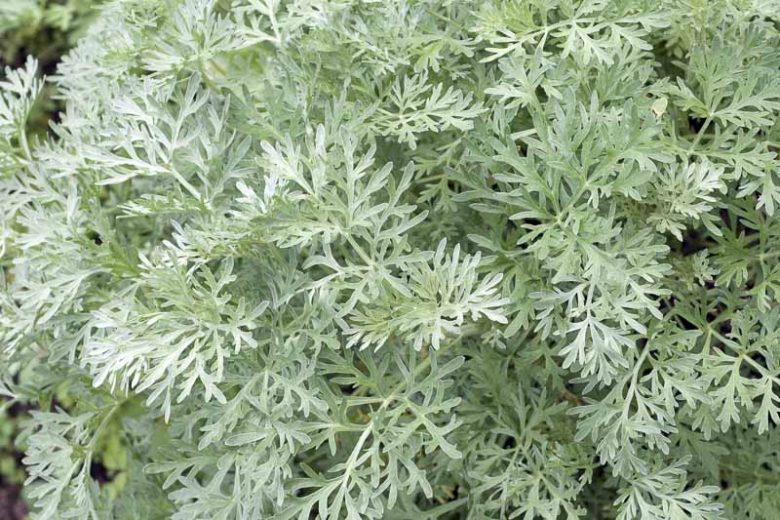
Disse eteriske oljene bidrar til malurtens karakteristiske duft og kan også ha ulike farmakologiske effekter.
Flavonoider og Andre Fenoliske Forbindelser
I tillegg til de nevnte komponentene inneholder malurt også ulike flavonoider og andre fenoliske forbindelser, som har antioksidante egenskaper. Disse inkluderer blant annet:
- Quercetin
- Rutin
- Apigenin
- Luteolin
Disse forbindelsene kan bidra til de potensielle helsefordelene som tilskrives malurt, spesielt når det gjelder beskyttelse mot oksidativt stress og betennelse.
Andre Komponenter
Malurt inneholder også mindre mengder av andre stoffer, inkludert tanniner, organiske syrer og mineraler. Sammensetningen av alle disse komponentene samvirker på en kompleks måte og bidrar til de unike egenskapene til planten.
Tradisjonell og Moderne Bruk av Malurt
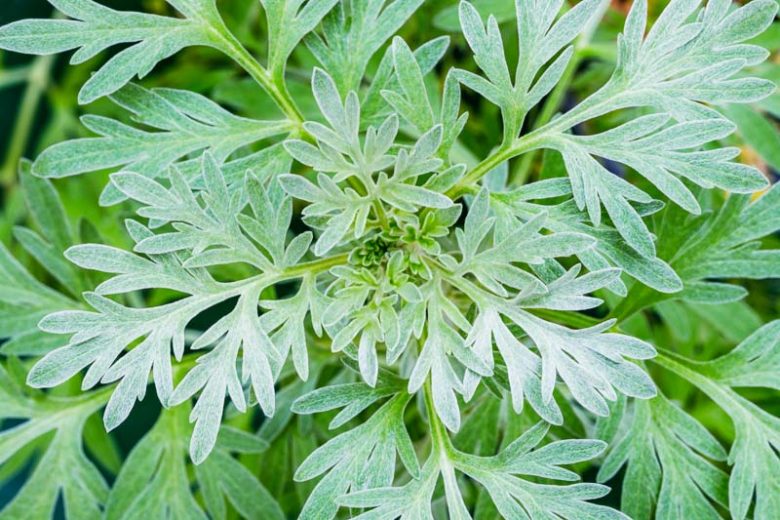
Gjennom historien har malurt blitt brukt til en rekke ulike formål, både medisinsk og kulinarisk. Selv om noen av de tradisjonelle bruksområdene har falt i bakgrunnen, er det fortsatt interesse for plantens potensielle anvendelser i dag.
Tradisjonell Medisinsk Bruk
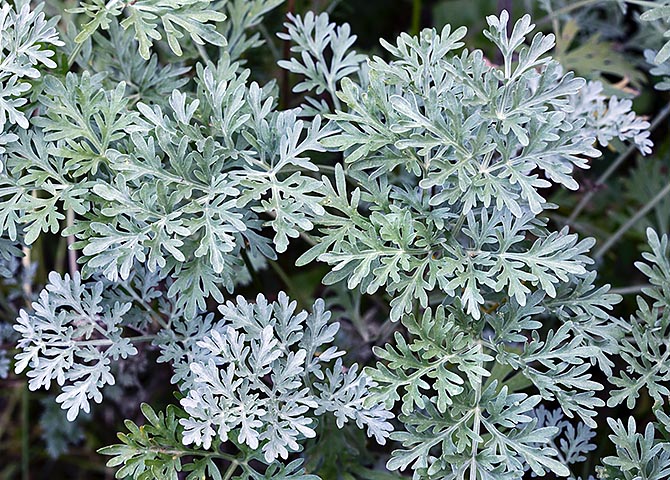
I tradisjonell medisin har malurt blitt brukt for sine påståtte fordøyelsesfremmende, anthelmintiske (ormdrepende), febernedsettende og menstruasjonsfremmende egenskaper. Den har blitt brukt til å behandle en rekke plager, inkludert:
- Fordøyelsesproblemer: Som appetittstimulerende middel, for å lindre oppblåsthet og forbedre galleflyten.
- Parasittinfeksjoner: Spesielt innvollsorm.
- Feber: For å senke kroppstemperaturen.
- Menstruasjonssmerter og uregelmessigheter: For å stimulere menstruasjon og lindre kramper.
- Gulsott og leverproblemer: På grunn av sine påståtte leverbeskyttende egenskaper.
- Revmatiske smerter: Utvortes bruk av malurtpreparater har blitt forsøkt for å lindre leddsmerter.
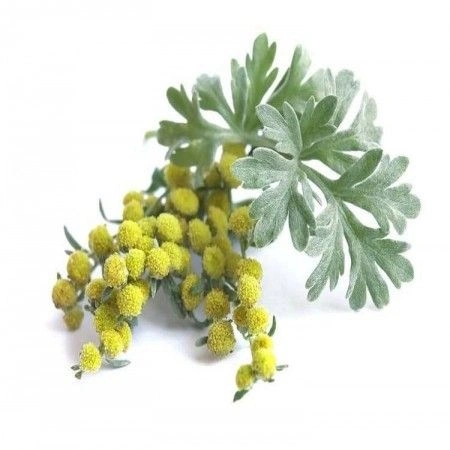
Det er viktig å merke seg at mange av disse tradisjonelle bruksområdene ikke er fullstendig underbygget av moderne vitenskapelig forskning, og at malurt bør brukes med forsiktighet og under veiledning av en kvalifisert helsepersonell.
Kulinarisk Bruk
På grunn av sin bitre smak har malurt aldri vært en vanlig ingrediens i de fleste kjøkken, men den har blitt brukt i små mengder som smakstilsetning i visse matvarer og drikker. Den var en viktig ingrediens i den historiske drikken absint, som ga den en viss kulinarisk og kulturell betydning. I noen kulturer har malurt også blitt brukt til å smaksette vermut og andre aperitiffer. I tillegg kan de unge bladene av malurt noen ganger brukes i salater eller som en bitter urt i matlaging, men dette er ikke vanlig på grunn av den intense smaken.
Bruk i Kosmetikk og Parfymeri
De eteriske oljene fra malurt har en karakteristisk aromatisk profil og har funnet anvendelse i parfymeri og kosmetikkindustrien. Oljen kan brukes som en duftkomponent i parfymer, såper og andre kosmetiske produkter. De påståtte hudpleiende egenskapene til malurt har også ført til at ekstrakter fra planten noen ganger inngår i hudkremer og lotions.




